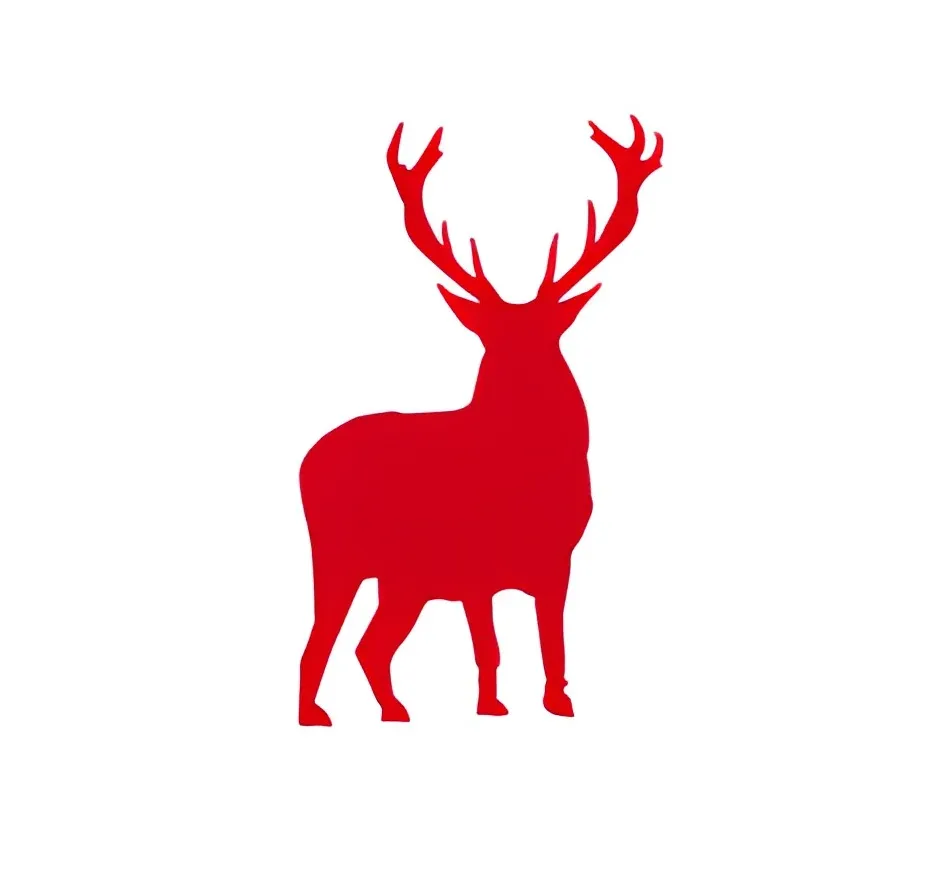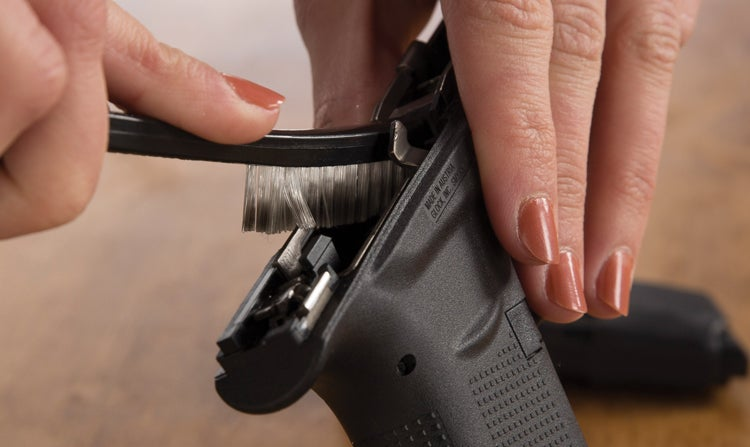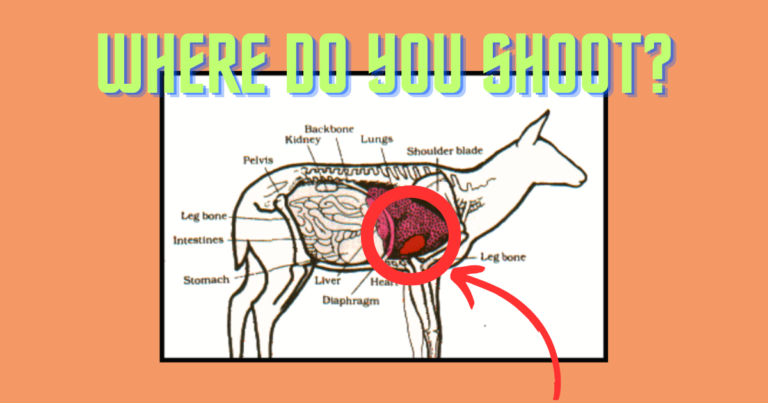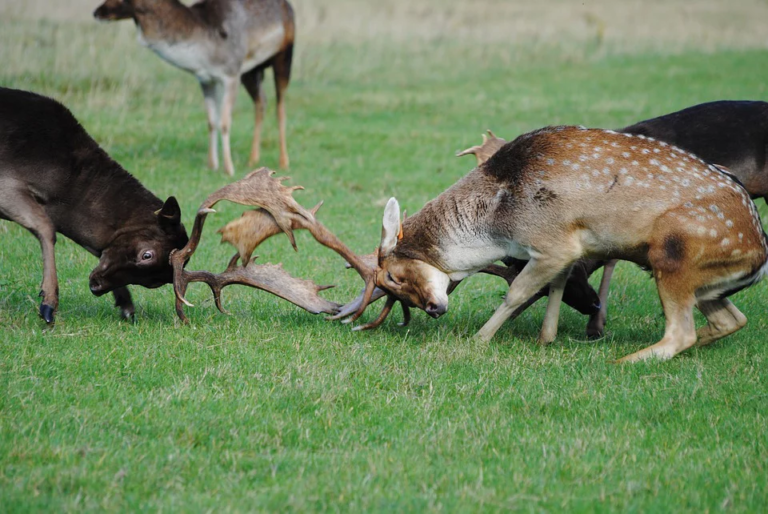Introduction:
Bowhunting is a challenging and rewarding experience that requires precision and skill. One of the most critical aspects of successful bowhunting is understanding and mastering different shot techniques.
In this article, we’ll explore three essential bowhunting shots: the anchor point shot, the pinch shot, and the hinge shot. We’ll discuss the proper techniques for each shot, when to use them, and the equipment needed to execute them effectively.
1. Anchor Point Shot
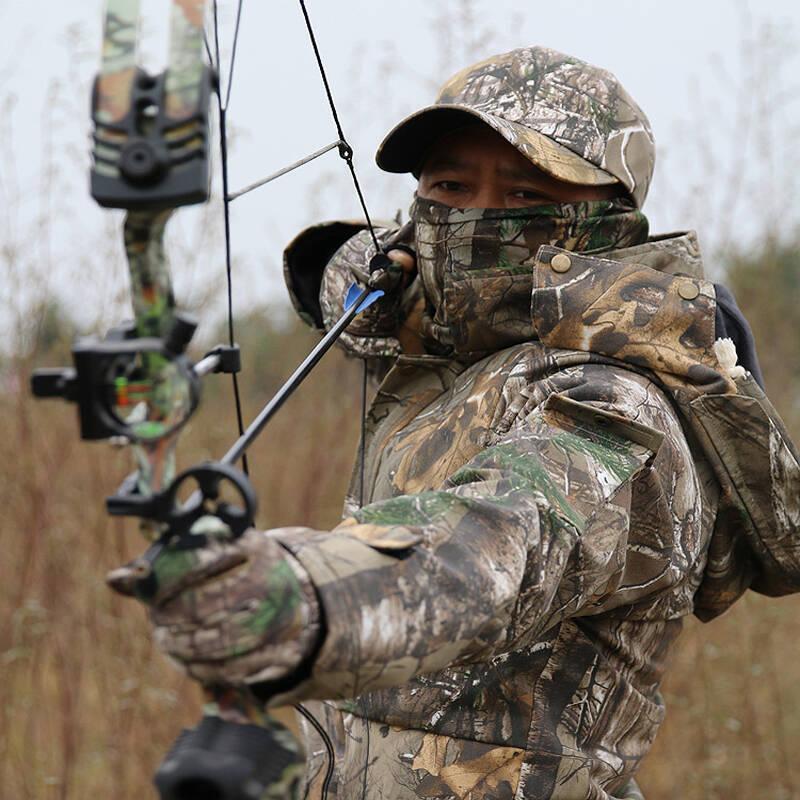
What is an Anchor Point?
An anchor point is a specific spot on your face or body where you draw and anchor the bowstring consistently during each shot. A consistent anchor point is vital for accuracy because it ensures that you maintain the same reference for aiming every time you release an arrow.
Types of Anchor Points for Beginners
- Corner of the Mouth: This is one of the most common anchor points for beginners. It involves touching the string to the corner of your mouth while drawing the bow.
- Under the Chin: Some archers choose to anchor the string under their chin, typically where the jawbone meets the neck.
- Nose Touch: With this anchor point, the string makes contact with your nose. This technique is especially common among recurve archers.
- Cheekbone: Placing the string against your cheekbone is another option. This anchor point provides a stable reference for your aiming eye.
- Behind the Jaw: A less common anchor point involves anchoring the string behind your jaw, near the earlobe. This position offers stability and consistency.
Finding Your Perfect Anchor Point
- Experiment: As a beginner, it’s essential to experiment with different anchor points to find the one that feels most comfortable and natural for you. Try each method and pay attention to consistency and comfort.
- Consistency is Key: Regardless of the anchor point you choose, it’s crucial to anchor consistently on every shot. This helps develop muscle memory and improves your accuracy over time.
- Seek Guidance: Consider working with a certified archery instructor who can provide expert guidance and help you fine-tune your anchor point.
- Practice, Practice, Practice: Building a consistent anchor point takes practice. Spend time on the range regularly to refine your form and anchor point.
Tips for Developing a Solid Anchor Point
- Use a Mirror: A mirror can be a valuable tool to check your anchor point and make sure it remains consistent.
- Mark Your Anchor Point: You can use a small adhesive dot or marker on your face to help you find your anchor point consistently.
- Don’t Rush: Take your time when drawing the bow and finding your anchor point. Rushing can lead to inconsistencies.
- Stay Relaxed: Keep your muscles relaxed, especially in your drawing arm and hand, while maintaining your anchor point. Tension can negatively impact your accuracy.
2. Pinch Shot
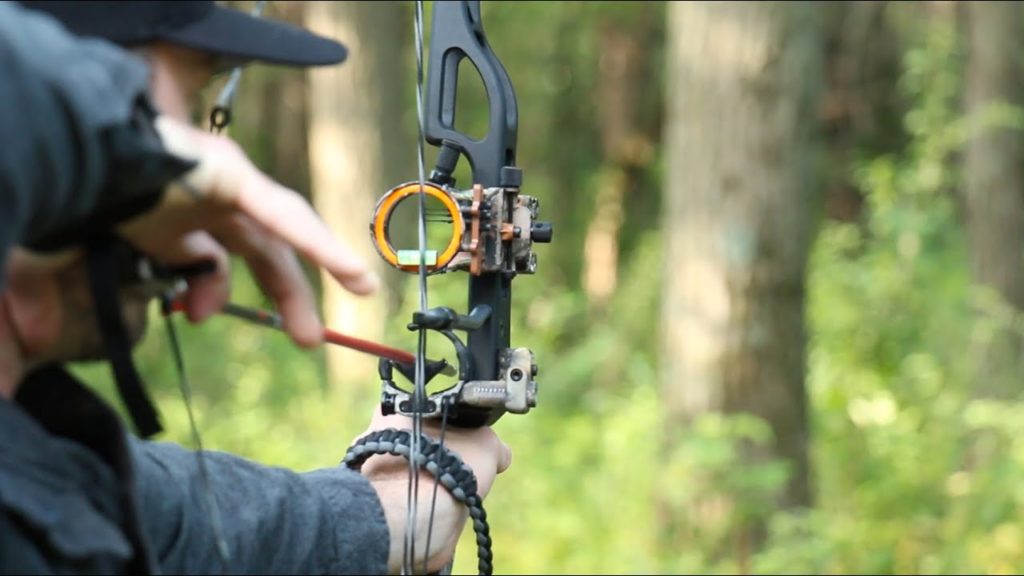
The pinch shot is a technique used when shooting from a tree stand or a ground blind. It’s a shot that’s taken while the bow arm is partially bent, allowing the hunter to shoot from a lower angle without the arrow hitting the ground or the blind.
To execute the pinch shot:
- Hold the bow gently but firmly, keeping your bow arm partially bent.
- Place your arrow on the bowstring with the nock touching the bowstring.
- Draw the string back slowly, keeping your elbow locked and your wrist steady.
- Take a deep breath and focus on your target, ensuring your sight pin is centered.
- Release the arrow smoothly, allowing the bow to recoil naturally.
The pinch shot is useful for hunters who need to shoot from a lower angle, such as when hunting from a tree stand or a ground blind. It’s ideal for targets that are below the hunter’s line of sight, such as deer or turkey.
A bow stabilizer will always be helpful and our article 5 Highly Rated Bow Stabilizers For Hunting may help with you considering the best bow stabilizer that you could get your hands on for your compound bow.
3. Hinge Shot
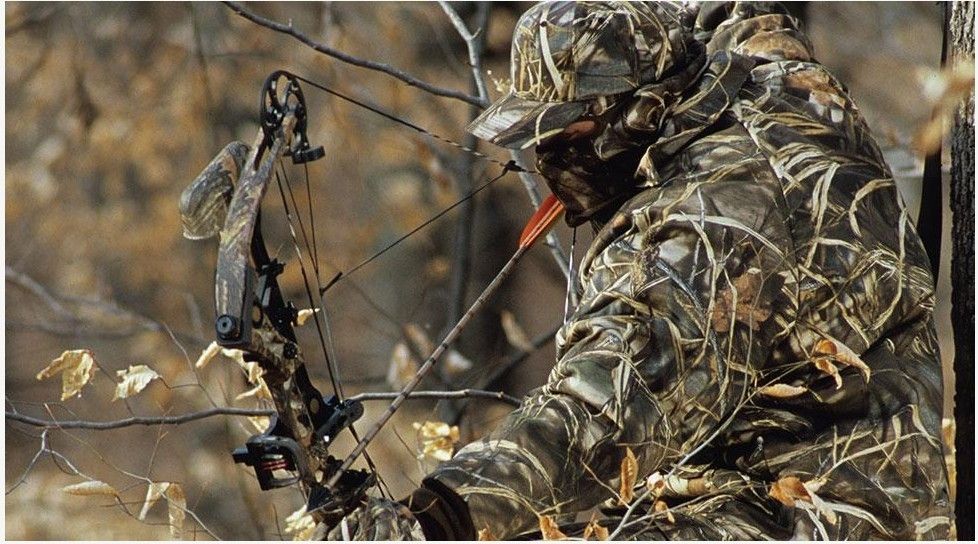
The hinge shot is a technique used when shooting from a standing or kneeling position. It’s a shot that’s taken while the bow arm is fully extended and locked into place, providing a stable and consistent anchor point for the arrow to fly.
To execute the hinge shot:
- Hold the bow gently but firmly, keeping your bow arm straight and locked.
- Place your arrow on the bowstring with the nock touching the bowstring.
- Draw the string back slowly, keeping your elbow locked and your wrist steady.
- Take a deep breath and focus on your target, ensuring your sight pin is centered.
- Release the arrow smoothly, allowing the bow to recoil naturally.
The hinge shot is useful for hunters who want a consistent and reliable shot while standing or kneeling. It’s ideal for targets that are at a longer distance, such as elk or moose.
We recommend that you check on 6 Best Bow Sights for Your Compound Bow – Single Pin Sights and More where we give advice on the best bow sights in the market today which is worth getting to improve on your target and accuracy on the field.
Conclusion
Mastering the anchor point, pinch, and hinge shots can help bowhunters increase their chances of success in the field. Each shot has its unique benefits and applications, and understanding the proper techniques and equipment needed for each shot can make a significant difference in your hunting experience.
Carrying your compound bow with you will require a good backpack, we recommend that you check on 8 Best Hunting Backpacks 2023 – Ultimate Guide where we guide you on some of the best hunting backpacks and their features that would be great to go for your hunts with.
Remember to practice regularly and consult with experienced bowhunters to help you improve your skills and become a more effective hunter. Be sure to check on How to shoot a bow | Wasp Archery which is also a really good article to read to learn and improve on your compound bow skills!
Till next time.
